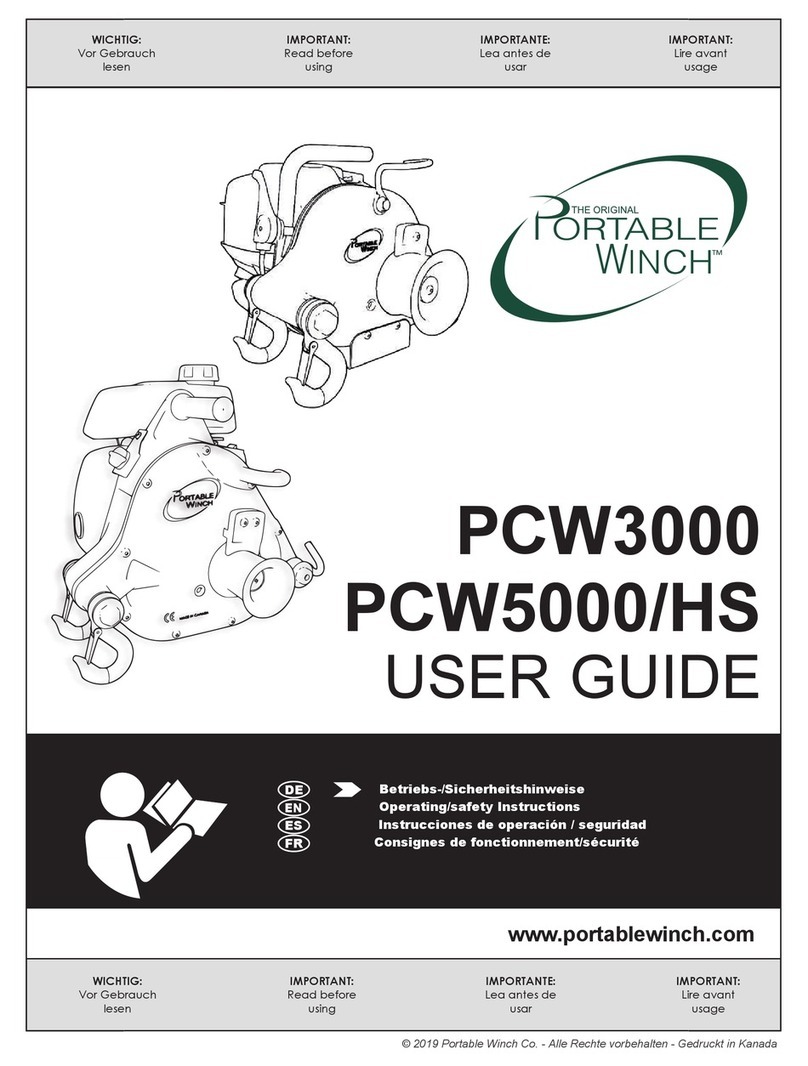Portable Winch PORTABLE CAPSTAN WINCH PCW5000 User manual
Other Portable Winch Winch manuals

Portable Winch
Portable Winch Greenworks Commercial 82W1 PCW3000-Li User manual
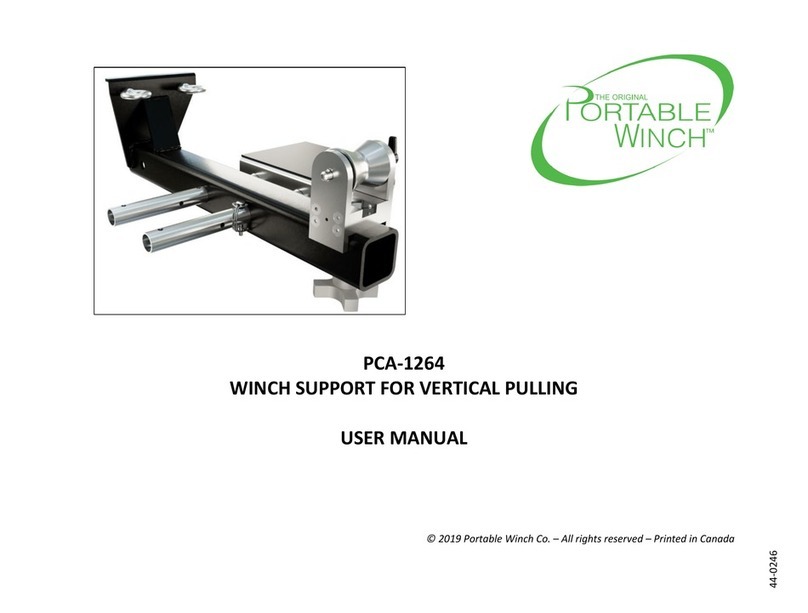
Portable Winch
Portable Winch PCA-1264 User manual
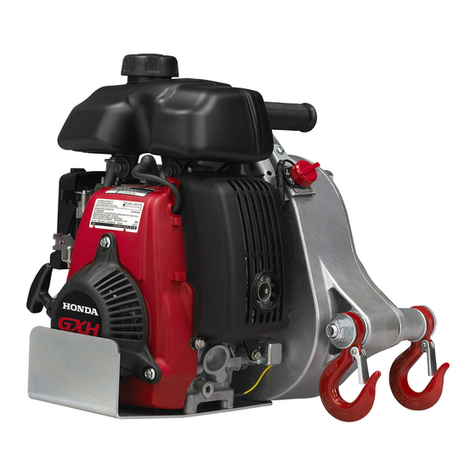
Portable Winch
Portable Winch PORTABLE CAPSTAN WINCH PCW5000 User manual
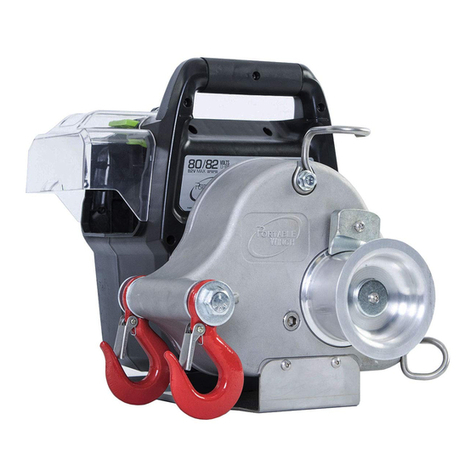
Portable Winch
Portable Winch PCW3000-LI User manual
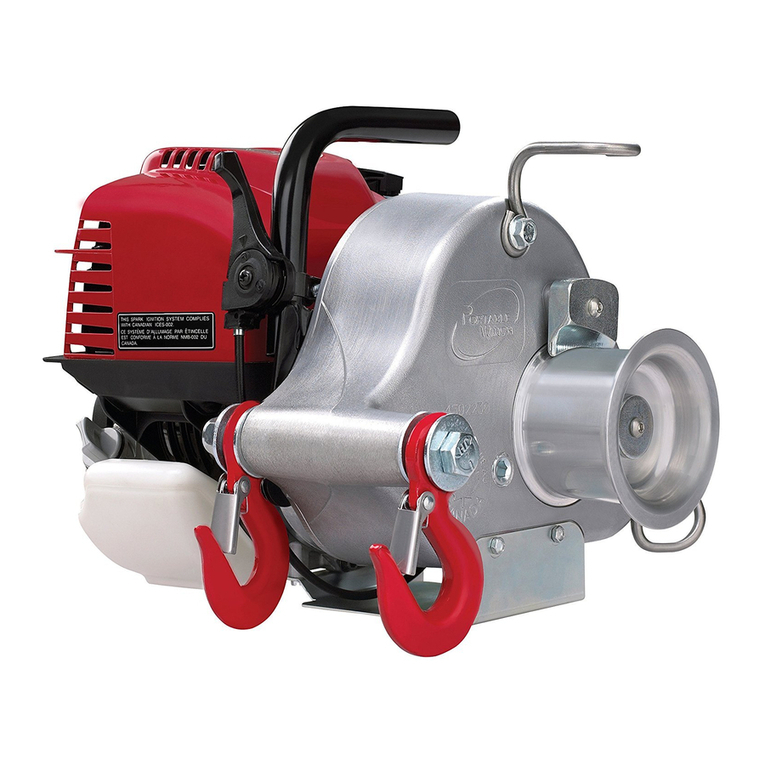
Portable Winch
Portable Winch PCW3000 User manual

Portable Winch
Portable Winch PCW3000 User manual

Portable Winch
Portable Winch PCH1000 User manual
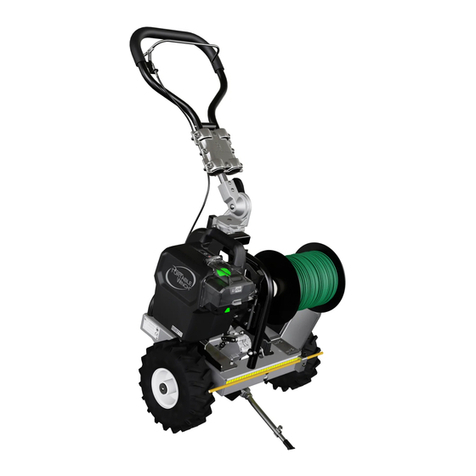
Portable Winch
Portable Winch 600MH-Li User manual

Portable Winch
Portable Winch PCW3000-LI User manual
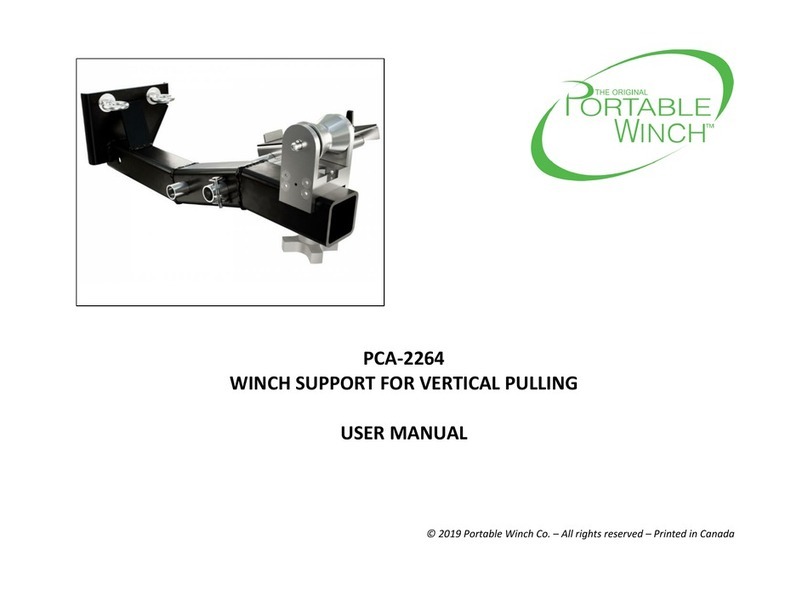
Portable Winch
Portable Winch PCA-2264 User manual
Popular Winch manuals by other brands

Comeup
Comeup DV-9 manual

Orvea
Orvea Italwinch 805 Installation and user manual

Prowinch
Prowinch PWJTHF300 user manual

Clas Ohlson
Clas Ohlson LD2000-A manual

Runva
Runva EWD8000 Assembly & operating instructions

Ingersoll-Rand
Ingersoll-Rand LIFTSTAR FG 1500/CN Series Parts, operation and maintenance manual
